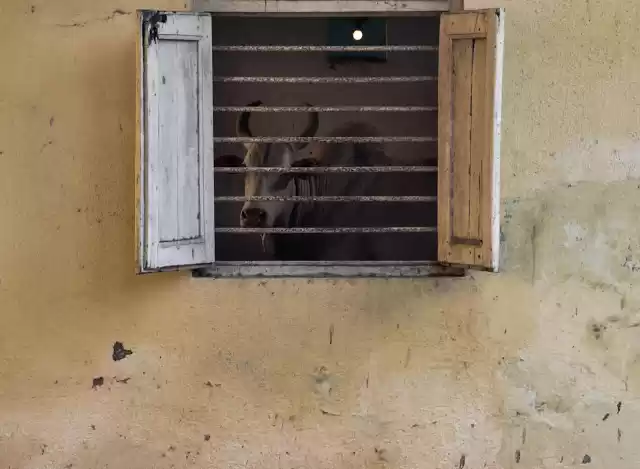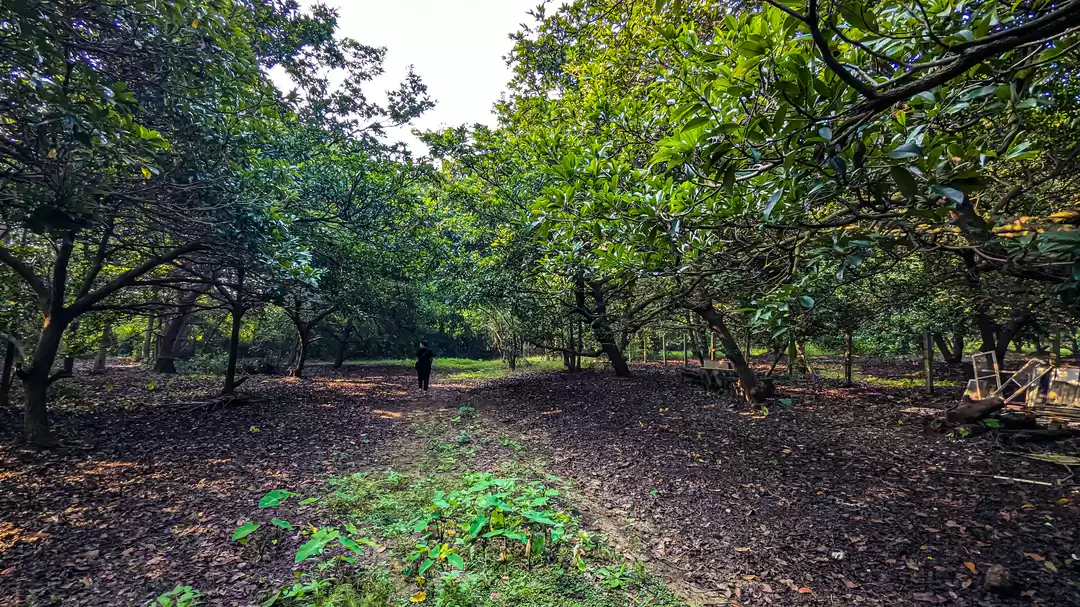
Ever since I started traveling, my travel goals included visiting places that are relatively unexplored and yet unique at the same time. Thanks to my better half being a Zoroastrian, I got the chance to visit Udvada ( pronounced Udwara), a small coastal town in the south of Gujarat. This place is one of the most offbeat travel destinations that might not boast of stunning natural landscapes or a vibrant nightlife, instead the highlight of this town is more about the history of Zoroastrianism in India and authentic Parsi ( Zoroastrians ) culture. With great excitement, I was looking forward to visit Udvada and experience the aura of this place. This was probably the most unique travel experience I have had since my journey through Tana Toraja two years back.
Zoroastrianism and Udvada
While it is a known fact that the largest population of Zoroastrians live in India, what is interesting is the arrival of Zoroastrians in the country around the early eighth century as per scarce historical sources. After fleeing the Arab invasion and execution in Iran, a contingent of Zoroastrian merchants and religious leaders arrived at the port city of Sanjan, also in Gujarat, carrying the holy fire. The first seeds of Zoroastrianism were sown at Sanjan with their arrival and the community continued to live there till the early 14th century when the port city was attacked by the then Delhi Sultanate and the community had to flee again into the nearby caves of Barhot hills. After further subsequent journeys through Bansda and Navsari, eventually, the fire of holy fire was brought to Udvada town where the holy fire temple Atash Behram was built in 1742. Since then the holy fire has been housed in the Atash Behram of Udvada and the town became a pilgrimage site for Zoroastrians from all over the world.
The Iranshah Fire Temple
The Atash Behram, also known as the Iranshah Fire Temple was built in the 18th century and this place houses the holy fire that was brought to India when the Zoroastrians migrated from Iran. There are seven more Atash Behrams in India but the Atash Behram of Udvada is the most sacred fire temple among Zoroastrians in the country. Every year, pilgrims from all over the world visit Udvada to attend the anniversary ceremony held at the Atash Behram. Although entrance to the temple is allowed only for Zoroastrians, several non-Parsis also visit this town just to have a glimpse of the temple from outside.
Within Udvada town

After taking a few steps into the main town of Udvada, I felt like being transported to an entirely different world. A walk through the sleepy by-lanes of this town made me feel like as if time just stops here. Traditional Parsi houses and buildings are dotted on both sides of the lanes that run through the entire town. The houses, sometimes forlorn and some colourful, exude vibes of a bygone era when slow and laidback life used to be the norm. A typical late afternoon or evening scene in Udvada is a row of houses with wooden railings around a verandah with a reclining wooden chair hosting a white-bearded elderly in traditional Parsi pyjamas.

While Udvada is a coastal town, there is no particular beach where you could take a stroll and swim in the waters. The coastline is mostly rocky with patches of black sand all along where the only signs of life we could see were a couple of fishermen venturing into the sea and a friendly dog that showed us around. With little signs of loud in-your-face commercialization of the big cities, surely this place is an entirely different world in its own. The only sore point while exploring Udvada was the disgusting sight of plastic and garbage strewn all over the coast. Obsession with plastic and pollution does plague a part of this untouched world too.
Authentic Parsi Food in Udvada

It would not be overstating to say that Udvada is at the heart of not just Zoroastrian culture but their cuisine too. Delicious and authentic Parsi food can be found in several eateries across the town and also along the highway leading to Udvada. While the landmark restaurants such as Hotel Globe and Sohrabji Jamshedji Sodawaterwalla Dharamshala serve are famous for their signature dishes like Mutton Dhansak (mutton made with lentils and vegetables), Macchi ni curry (fish curry), mori dar (plain daal) with rice, akuri (Parsi style scrambled eggs) and kheema (minced meat), there are a couple of bakeries that sell homemade nankhatais (shortbread biscuits), pickles and the famous Parsi masala. A food journey at Udvada is a delight for the tastebuds and whether its food, flavour or memories, there is something for everyone to take back along with them.

That afternoon at Udvada town gave me insights to an entirely different world and time. The moments walking the lanes of this place certainly got me interested in learning more about the history of Zoroastrianism culture, people and food. A place like Udvada is rare and probably that’s why there are efforts being made to get this place declared a World Heritage Site. Should the day come when Udvada would actually be officially declared a World Heritage Site, there would be more concerted efforts to preserve this town, its settlements and the coastline. To get the feel of a laid back place like no other, Udvada is the place to visit.













